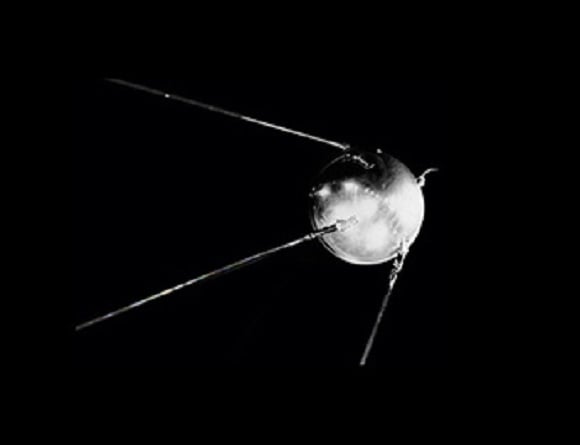Hardly a day goes by where a story hits the headlines about our abuse of the Earth's precious environment be that the atmosphere or the oceans, forests or desert. When it comes to the atmosphere we all tend to immediately turn our attention to pollution, to gasses being released and disturbing the delicate balance. Yet a paper recently published points to a new demon, megaconstellations of satellites damaging the ionosphere - the ionised part of the upper atmosphere.
It was back in 1957 that the Sputnik, the first artificial satellite was put into orbit. Now, just over 50 years on and there are almost 5,500 satellites in orbit. A new approach to satellite technology has emerged, satellite constellations that consist of a group of satellites that work together to provide various services like GPS for example. The system provides greater coverage, redundancy and even distributed workload across the satellites.
Over the next few decades, it's likely that anything between 500,00 and 1 million additional satellites will be put into orbit into giant megaconstellations, primarily to build world wide internet connectivity. Unfortunately the nature of the satellites in megaconstellations is that they are disposable, their orbits will slowly decay and the satellites destroyed in the atmosphere creating a layer of conductive particles. They are of course replaced to keep the system running but its the remains of the destroyed satellites which is the problem and the focus of the paper by S. Solter-Hunt.
The paper shows that the overall mass of the particles in the upper levels of the atmosphere as a result of satellite re-entry from megaconstellations is many times that mass of the Van Allen Belts. The belts are torus shaped regions of charged particles which are thought to originate from the solar wind. The wind travels to Earth at several hundred kilometres per second and on arrival are captured by the magnetosphere (the region around Earth dominated by the magnetic field) and held in place.
The estimated mass of the Van Allen Belts is 0.00018 kilograms yet the mass of one Starlink satellite is 1250 kilograms! When these satellites are destroyed during re-entry (and it is estimated that eventually one satellite will be re-entering per hour!) all of the mass will become conductive particulates in the magnetosphere. Multiply this up to several hundred thousand satellites and you can see how the industry is dumping vast quantities and creating an artificial layer of conductive dust.
The maths is quite horrific. Every second, the space industry will be adding approximately 2,000 times more conductive material into the ionosphere than exists in the entire mass of the Van Allen Belts. The shear scale of the deposition into the ionosphere likely to perturb the magnetosphere and create a global band of plasma with as yet, untold impacts.
 Universe Today
Universe Today


